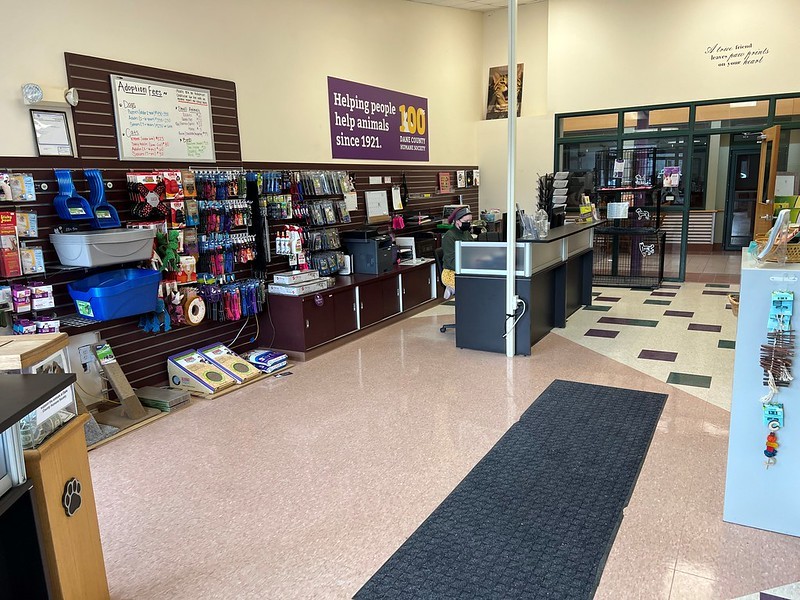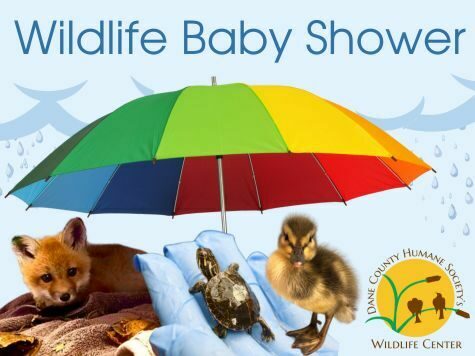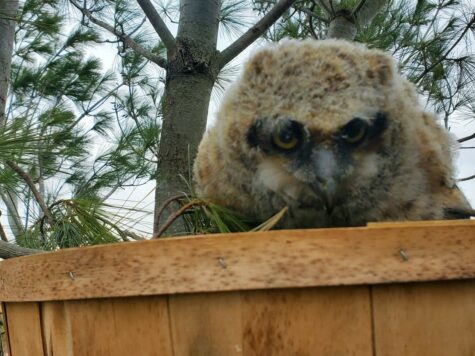Picture this – a happy, energetic dog has just arrived at an animal shelter and is looking for a new home. Some lovely folks come to meet him, they give him yummy treats and belly rubs, and, for a moment, they begin to plan their perfect life together. But it turns out those nice folks don’t have a fenced-in backyard, so their application to adopt the pup is denied.
The next day, another perfectly wonderful person sees the dog in his kennel and falls in love. But their annual income is just below the required limit, and so they, too, are turned away.
The shelter staff have nothing but the best intentions and are dedicated to finding that dog the perfect home, but the longer he stays in the shelter the more we have to wonder, is this really what’s best for the dog?
Some shelters and rescues look only for the perfect home and turn away people who could provide great homes. This sometimes sows mistrust in the community of people who have been told they aren’t good enough to adopt, and it can lead to shelters becoming overcrowded with animals staying longer than they otherwise might. And for shelters that aren’t adoption guarantee like DCHS, this can even mean euthanasia.
If you’re interested in adopting from Dane County Humane Society (DCHS), you won’t find an application online – we don’t have one! We don’t want to see your paystubs, and we’re not interested in what your landlord has to say about you. Because at DCHS, we practice an adoption approach known as Adopters Welcome.
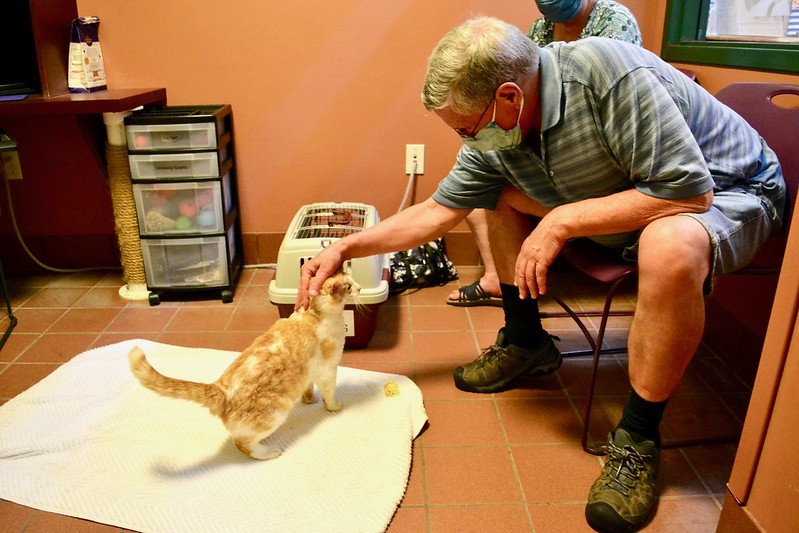
Our approach focuses on removing barriers and judgment from our adoption process, having open conversations with our adopters, and helping them find the pet that is going to be the best fit for their lifestyle. We’ve moved away from time-consuming requirements like lengthy applications, home visits, background checks…the list goes on. We have instead accepted that these things are simply not the best metrics for what makes a good pet owner.
Rather than picking and choosing who gets to take a pet home, we celebrate our community’s willingness to adopt! We find ways to say “Yes” to adopters, we provide the tools needed to set them up for success regardless of their circumstances, and we build a trusting relationship so they continue to see us as a resource throughout the life of their pet. With this approach, we’ve significantly reduced the amount of time each animal stays in our care, allowing us to place more pets into new homes each year.
If you want to add a furry family member to your home, all you have to do is stop by the shelter (any day except Wednesday) and chat with us in the Adoption Center. We’re looking forward to getting to know you and matching you with a great new addition to your family!
Tim Clark is a Shelter Resource Supervisor at DCHS.
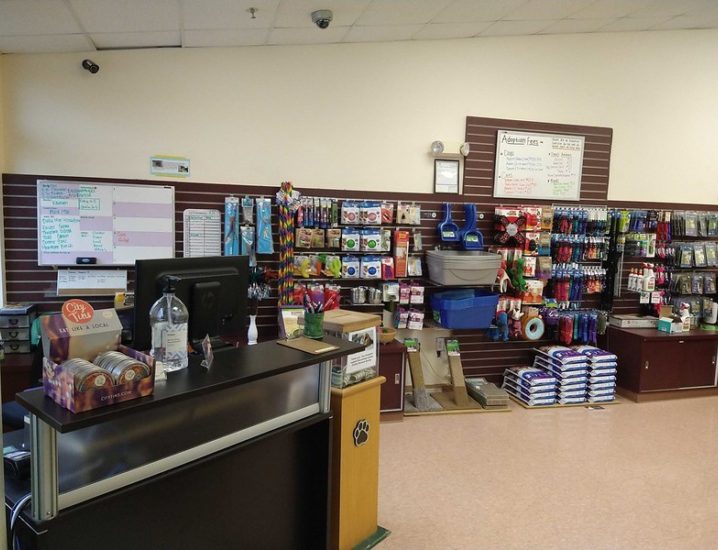

2021 Annual Report
Intake
Adoptions
Save Rate
Barn
Foster
F.I.T. Center
